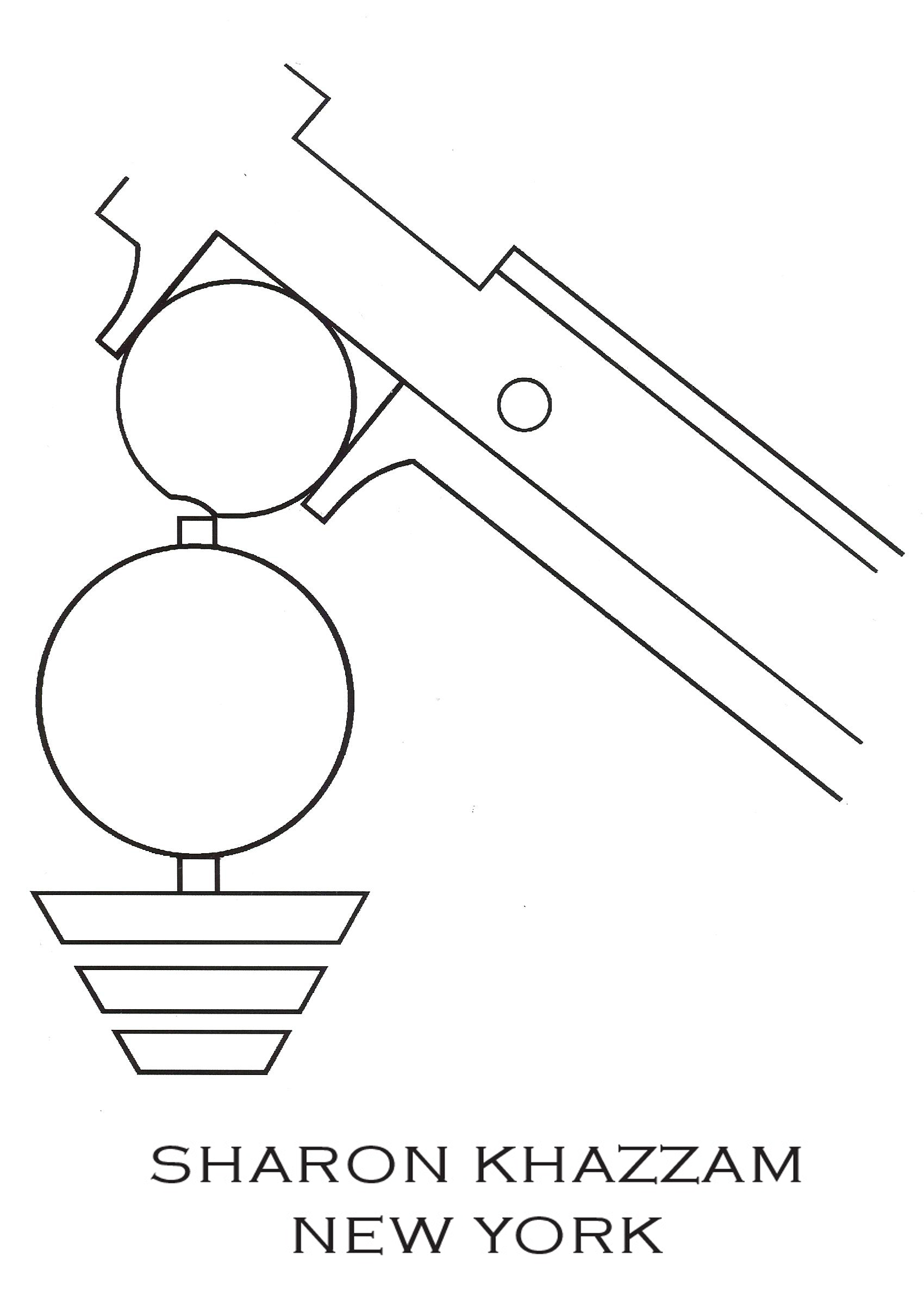The National Gem Collection
“The process of transforming a mineral crystal into a glittering gem varies for each kind of gemstone according to its particular properties, such as hardness, fragility, and optical characteristics. The basic steps, however, are similar. Before beginning the cutting process, the gem cutter carefully studies the rough crystal to locate the area that will produce the largest gem that is free from inclusions (tiny mineral grains or bubbles of gas or liquid trapped within the crystal) and other flaws. This process is commonly assisted today by computer-based 3-dimensional imaging techniques. The gem cutter must also ascertain how best to orient the stone so that the finished gem will show the most attractive color. Next the crystal is cut with a diamond saw or laser and shaped on an abrasive wheel. The facets are ground into the stone at precisely determined angles. Finally the gem is polished on a wheel infused with a polishing agent. The extremely smooth surfaces produced by polishing enable light to be reflected more efficiently, increasing the gem’s brilliance. Polishing also enhances the color of many gems by making it possible to see deeper into the gem. The quality of the cut can make the difference between a dazzling gem and a lifeless lump of mineral and is a significant factor when setting a gem’s value,”
-The National Gem Collection by Dr. Jeffrey E. Post

